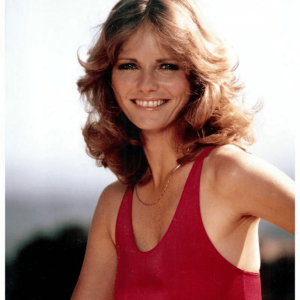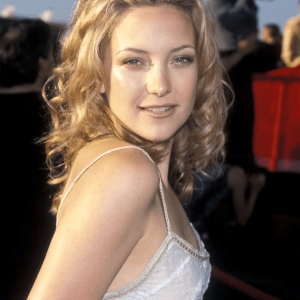Imagine walking down a quiet street in Portland, Oregon. The sun’s setting, the pavement glows gold, and as you glance down, you notice a small metal ring embedded in the concrete. At first, it seems like nothing—just part of the city’s infrastructure. But that unassuming little ring? It’s a portal into the 1800s. A time when the rhythm of life was set by the clatter of hooves, not the buzz of engines.
These are horse rings, and they’re more than just forgotten relics. They’re quiet storytellers—pieces of iron that carry whispers from a different world.
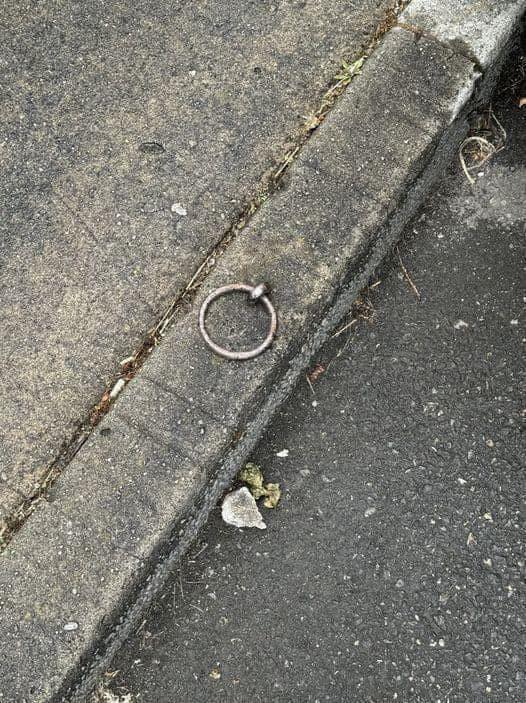
What Are Horse Rings and Why Were They Installed?
Back in the 19th and early 20th centuries, before cars and freeways ruled the day, horses were the primary way people got around. Every city—big or small—was designed with horses in mind. That included places to tie up reins while owners ran errands, visited friends, or grabbed a bite.
Horse rings, usually made of iron or brass, were embedded right into the sidewalk curbs. Picture it: downtown streets lined with carriages, horses patiently tethered to these rings, flicking their tails and waiting while their humans went about their day.
These tiny fixtures were once as common as parking meters are today—and just as essential.
Video: Portland Horse Project, How To Tether Toy Horses
From Functional Tool to Forgotten Artifact
As automobiles took over in the 20th century, horses gradually disappeared from urban life. And with them, so did the horse rings. Most were either paved over, pulled out, or left to rust unnoticed.
But something interesting happened in Portland in the late 1970s. During routine sidewalk repairs, a resident noticed the rings were being removed—and didn’t like it. That single complaint sparked a wave of public interest.
Rather than erase these tiny time capsules, the city allowed homeowners to request horse ring replacements for just $5. It was a small price to keep a piece of the city’s heritage alive.
A Cultural Revival Thanks to The Horse Project
Fast forward to 2005, and a new movement brought these little rings back into the spotlight—literally. It started in Portland’s Woodstock neighborhood with a quirky idea: what if we put miniature toy horses back on those old rings?
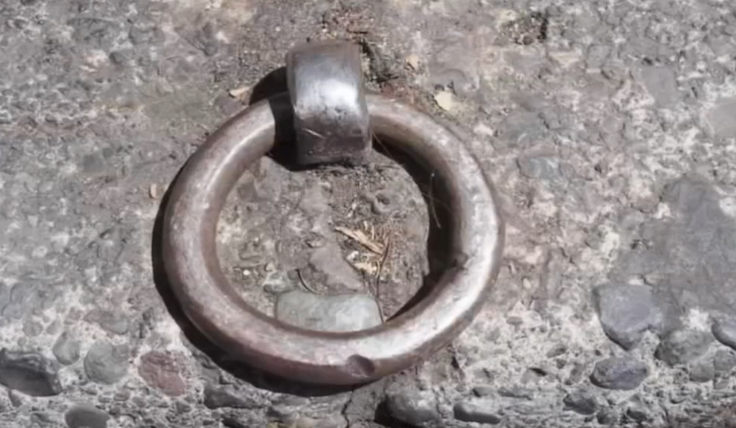
And just like that, The Horse Project was born.
What began as a fun artistic gesture grew into a citywide phenomenon. People began attaching tiny horses, painted models, even handmade figures to the sidewalk rings. Suddenly, locals and tourists alike were noticing the past again, smiling as they stumbled across these whimsical reminders of history.
Kids would stop and stare. Adults would take photos. Conversations started. That’s the power of something so small—it became a bridge between generations, turning forgotten iron loops into community touchstones.
Why These Tiny Details Matter
You might ask, why fuss over old bits of metal in the ground? The answer is simple: urban history is made up of small things. It’s not just buildings and monuments. It’s the little artifacts—the ones we almost overlook—that make cities feel human.
Horse rings are the kind of detail that adds character. They remind us that cities weren’t always built for speed and efficiency. Once upon a time, they were designed for slower rhythms, shared streets, and a bit more patience.
In that way, they’re not just historical leftovers. They’re reminders of how cities evolve—and how easily their soul can get buried beneath layers of concrete.
A Lesson in Preservation and Perspective
Video: History into art: The story of Portland’s sidewalk horse rings
Preserving horse rings isn’t just about nostalgia. It’s about respecting urban heritage. These tiny metal loops teach us to look closer, to pay attention to what’s beneath our feet—literally.
And in Portland, the decision to celebrate rather than erase them has paid off in a big way. It’s turned an overlooked detail into a citywide conversation. Schools talk about it. Artists reinterpret it. Locals rally around it. That’s not just preservation—that’s transformation.
Horse Rings as Symbols of Connection
What’s beautiful about these rings is how they’ve shifted roles without losing meaning. They’ve gone from functional tools to interactive art pieces to symbols of identity.
People see them and remember stories their grandparents told. Visitors see them and feel like they’ve discovered a secret. Residents see them and feel pride that their city chose memory over modernization.
Every ring tells a tale, and each one adds to the collective story of a city that values both its progress and its past.
Conclusion: History Is Beneath Our Feet—If We Choose to See It
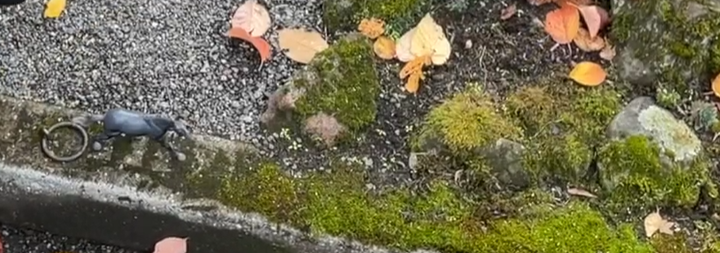
In a world racing forward, horse rings invite us to pause. To appreciate the details. To ask questions about what came before and why it matters now.
They’re proof that history doesn’t always come with a plaque or a statue. Sometimes, it comes in the form of a rusted little ring on the edge of the sidewalk—waiting quietly to be noticed.
So next time you’re walking down a city street, especially in Portland, look down. You might just find a tiny piece of the past still holding on, quietly reminding us of a time when life moved a little slower and cities had a different kind of rhythm.
And if you’re lucky, you’ll spot a miniature horse still tethered there, holding the story together.
